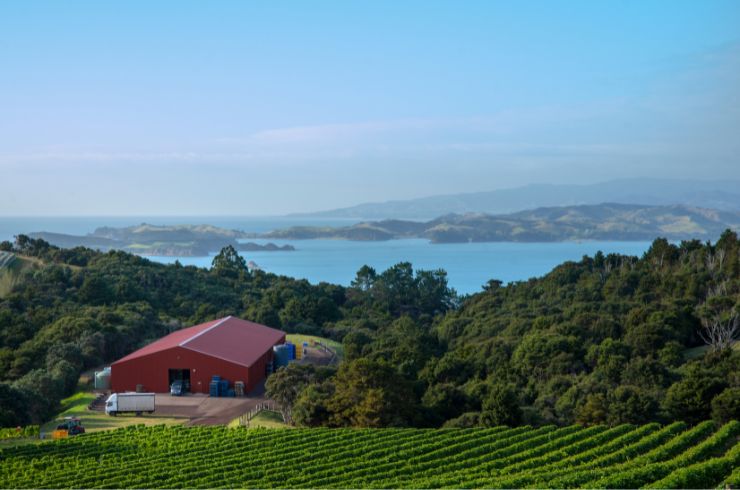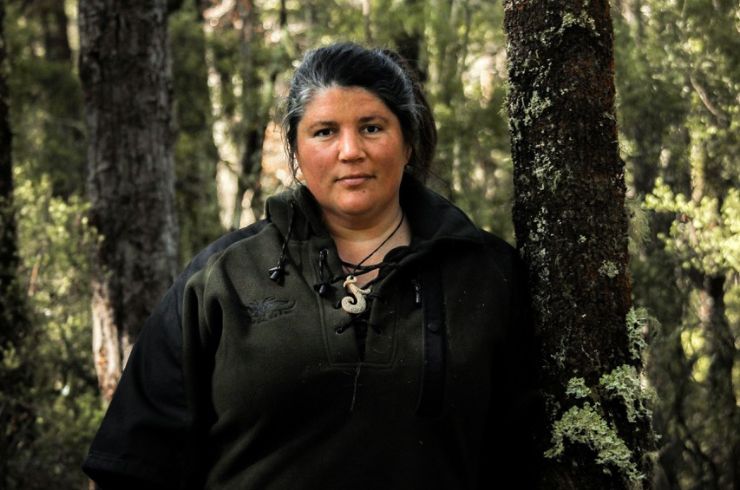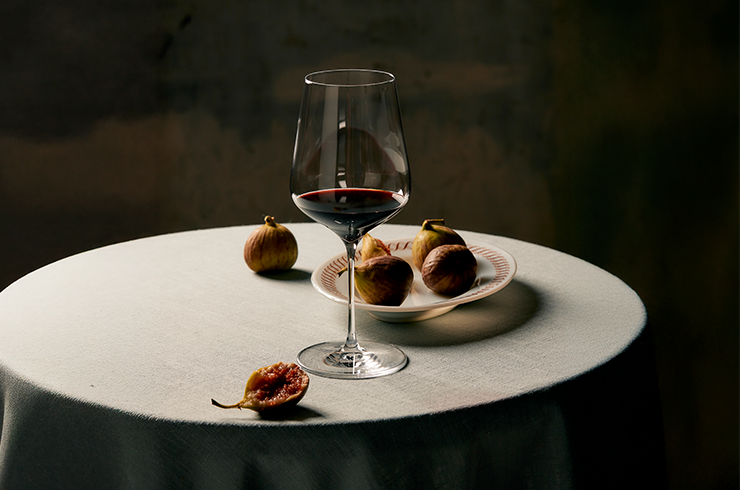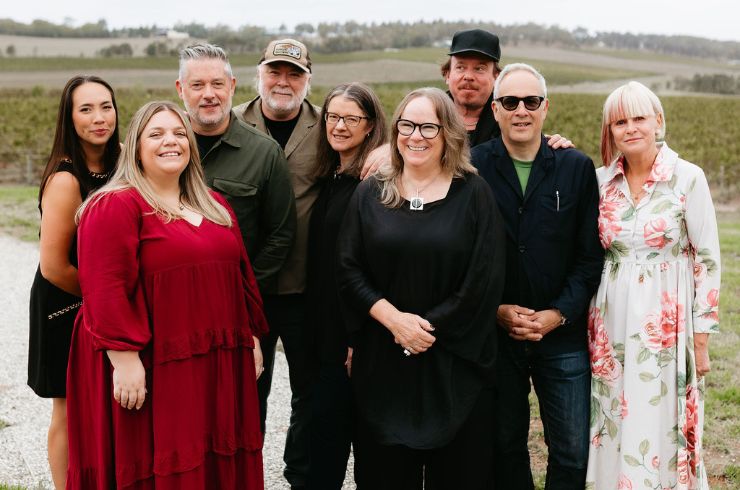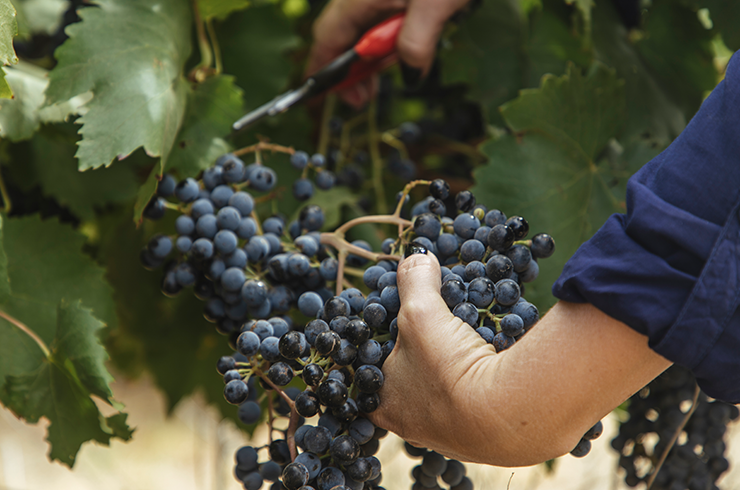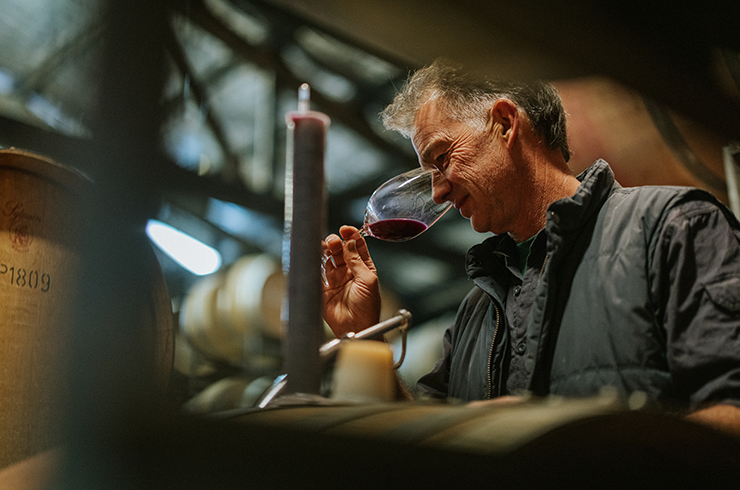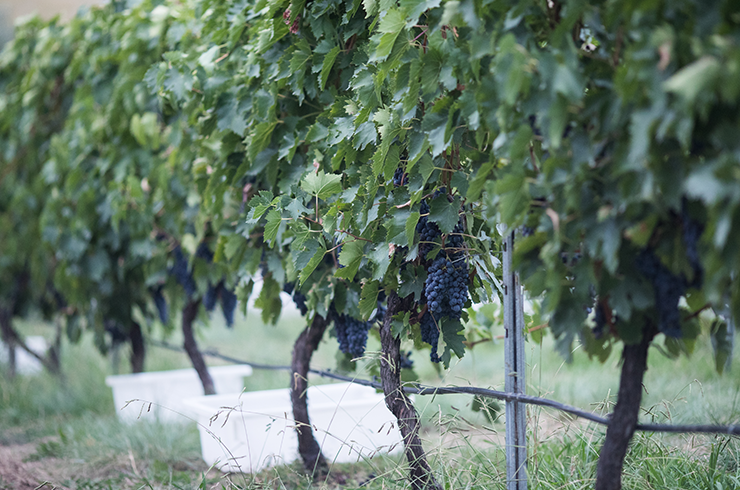Every year as Christmas nudges closer, shiny, new wine books start lining shop shelves, waiting to be picked up. Best of all, they’re just in time to add to the summer holiday reading list. Sure, the usual suspects are worth more than a stocking filler, as in guidebooks including our own Halliday Wine Companion ($45) the most comprehensive offering in Australia of local producers and their current releases. Unequivocally, this edition is the best to date – all thanks to Campbell Mattinson coming onboard as chief editor.
What about the books to read, digest, ponder, consider, even oppose in part, yet ones that leave you feeling inspired? There are a few, starting with Max Allen’s Alternative Reality: How Australian Wine Changed Course ($50, Melbourne Books). Max was commissioned by the Australian Alternative Varieties Wine Show to write its story, and okay, a book on a wine show might sound ho-hum but oh no, not this diverse tale. This is more than a book about a show, albeit one of the best (declaring an interest as I did chair the show for seven years and appear in the book).
It charts the two-decade long story of this integral show, plus the new grapes and wine styles bursting onto the Australian scene as a result. There’s a neat summary of those alternative varieties at the end of the book, and various profiles of people important in the alt journey dotted throughout the book (although they would have been better placed at the end of each chapter, perhaps). Regardless, it’s a ripping, fun and easy read by one of Australia’s most admired writers.

The layout, design and feel of this hardback and the paper weight are top-notch. The hand-drawn profiles of producers, and those of Jane, Jonathan and other contributors, are less successful (photos would have been better given the quality of other pictures in the book); some I didn’t recognise at all such as Kate McIntyre from Moorooduc Estate. It’s only a blip. As to the well-placed photographs, they complement the outstanding regional wine maps produced by renowned cartographer, Martin von Wyss. Writers Mike Bennie, Kavita Faiella and Hanna Day contributed, how much is not clear, although this is very much a Jane and Jonathan book. They end their work with this observation: “We hope you’re walking away with a new-found appreciation for Australian wine, in all its diversity, complexity, nuance and glory. There is nothing that Australia can’t do wine-wise, and its landscape of plantings and bottlings is constantly evolving.”
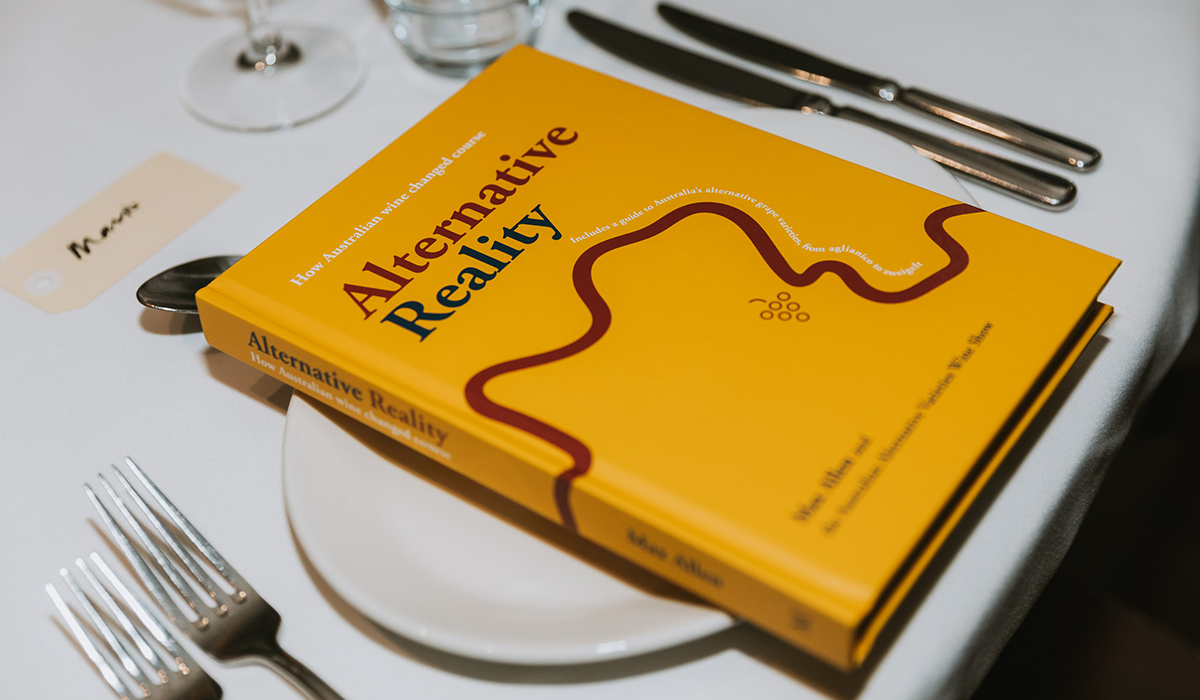
I’ve bought every edition of The Oxford Companion to Wine and now the 5th has been released. I’ve only skimmed an electronic version (not satisfactory as books are meant to be held, so much better for perusing and deep-diving into the various sections) but until my ordered copy arrives, it gave me a sense this has been a mammoth effort. Significantly, Julia Harding MW took the lead responsibility for the editing. Her eye for detail, intelligence and work ethic shines through. Tara Q Thomas, now the managing editor at JancisRobinson.com, came in as assistant editor.
Of course, The Oxford Companion to Wine is the brainchild of Jancis Robinson MW and she’s very much involved in this instalment. There are 272 new entries, yet about 65 per cent of the 4000 or so entries were updated or rewritten. Given the breadth of this reference book, which covers history, culture, technology, viticulture, soil science and so much more, it’s a huge task. I’ve said it before and it’s still pertinent now, if one wine book is all you can accommodate, this is it. You won’t be disappointed. It’s my number one go-to reference book. The Oxford Companion to Wine Fifth Edition edited by Julia Harding and Jancis Robinson with Tara Q Thomas ($89.95, OUP) is in bookshops.
Latest Articles
-
From the tasting team
From Marlborough to Martinborough: a quick guide to New Zealand wine
1 day ago -
News
The heart of Aotearoa: How a connection to Māori culture and land shapes New Zealand wine
1 day ago -
Win
Win a stunning collection of Plumm glassware and wine, valued at over $500
11 Dec 2025 -
From the tasting team
The Aussie wines the Halliday Tasting Team will be opening this festive season
11 Dec 2025
